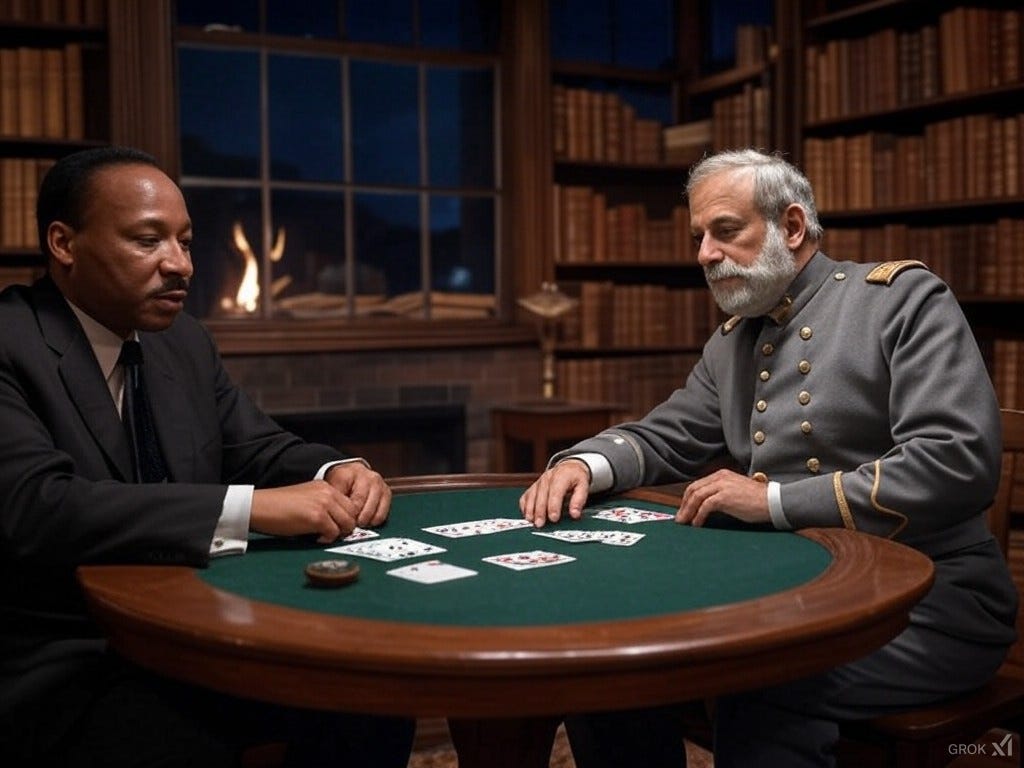My mind rebels at stagnation. Give me problems, give me work, give me the most abstruse cryptogram, or the most intricate analysis, and I am in my own proper atmosphere. But I abhor the dull routine of existence. I crave for mental exaltation.
Arthur Conan Doyle
When I entered grade school in the early 90's, I unknowingly stepped onto an ideological battl…





